Share the post "4-2-3-1 Soccer Formation (Pros-Weaknesses-Counter)"
What do Dortmund, Lyon, Paris St Germain, Arsenal, and Valencia all have in common? They all are known to use the 4-2-3-1 formation. Spain also used the formation to clinch the 2010 World Cup Title.
Top club and national teams leverage this formation in favor of its possession-oriented setup. The 4-2-3-1 provides great numbers in the attack while offering substantial cover against the counter-attacks.
While it’s generally a balanced approach, it does expose the width. The 4-2-3-1 formation requires fit, athletic outside backs, and a talented striker, but it’s effective for many teams worldwide.
As with any formation, it can be beaten with some considerations.
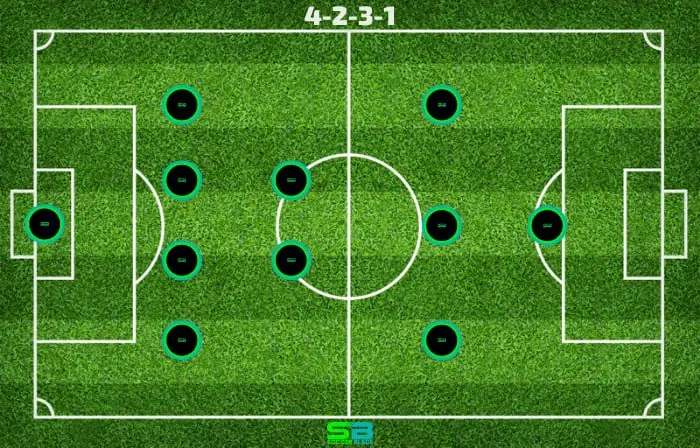
Advantages of a 4-2-3-1 Soccer Formation
The 4-2-3-1 is a possession-oriented formation that is now one of the most popular in the world. It relies on four defenders, two defensive midfielders, three attacking midfielders (central, left, and right), and one striker.
This shape provides great stability in the middle of the field and encourages outside backs to get involved in the attack.
Teams in the top leagues globally leverage this formation because of its many benefits.
4-2-3-1 Key Points
- Creates triangles throughout the field to facilitate effective passing.
- Two defensive mids provide a significant defensive cushion against counterattacks and quality offensive opponents.
- Facilitates build-up from the back, beginning with the goalkeeper.
- Great for center backs that are organized and technically sound.
- Allows center mids to attack 1-vs-1 and generate the attack higher up on the pitch.
- Accounts for space on the entire field.
- Encourages creative play and freedom from attackers.
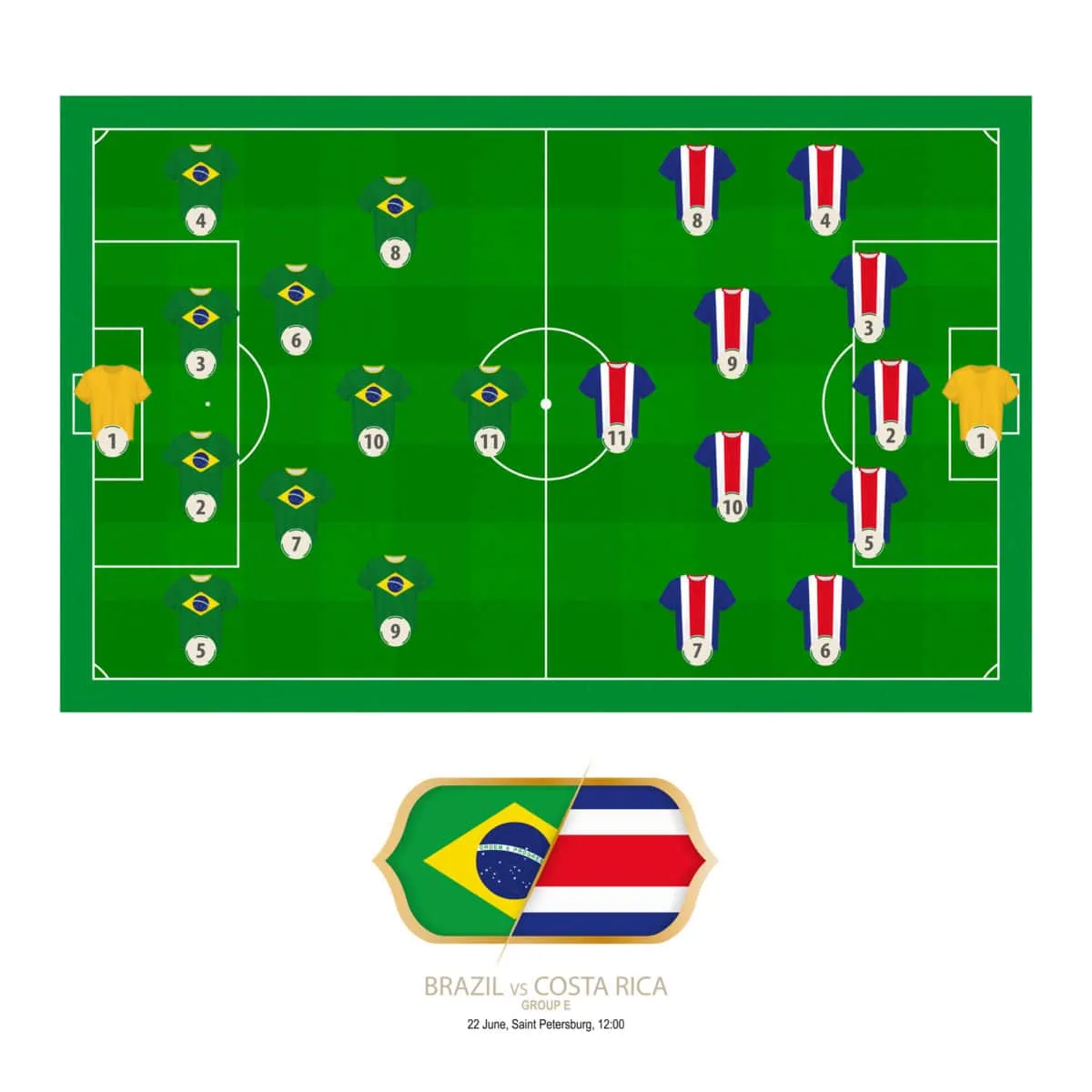
Weaknesses of a 4-2-3-1 Soccer Formation
Despite its many advantages and widespread popularity, the 4-2-3-1 is not perfect. The formation can fail miserably when coached poorly or used with the wrong personnel.
Even with great players, there are some drawbacks to consider:
Key Weaknesses of A 4-2-3-1
- Requires full-backs that are extremely fit and can cover a lot of ground.
- Defensive responsibilities for attacking-minded players.
- It takes immense physical exertion from several players, leading to burnout throughout the season.
- Attacks begin from a very deep position.
- Potential to exploit center backs in 1-vs-1 situations.
- Often pits a lone striker against several defenders.
- It can be more complicated and intricate to teach to players.
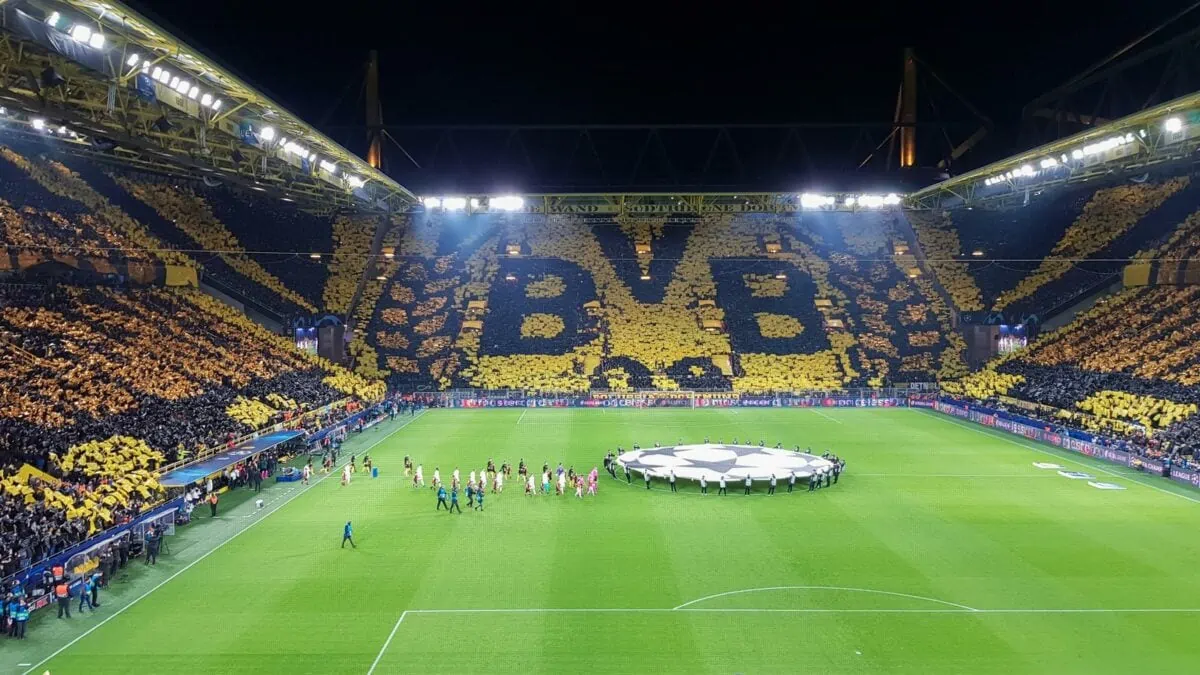
Counter against a 4-2-3-1 Soccer Formation
Patience is key when battling a 4-2-3-1 formation. Teams that try to rush the ball forward quickly become frustrated with the cover this formation provides.
To play against this formation, you should look to exploit the space in the wings, especially behind the 3 midfielders.
Playing the ball behind the three midfielders and ahead of the outside backs forces the opposing defender to rush forward or pull one of the two defensive center mids wide.
Create Gaps
In either case, the team is pulled out of shape, allowing your attack to advance in the gaps. Once the midfielders are moved out of position, gaps will appear in the center of the field. This is when you should have a player ready to exploit that space.
Some teams may use their outside backs to push up to counter this play. This is when you should play the ball beyond them.
Get one of your strikers to pull out wide to fill the position vacated by the outside back and play the ball through or over.
One of the keys to playing against any formation is to disrupt their positioning. When a team has ordered, it’s a formality to defend, but by moving them out of their position, you can create chaos!
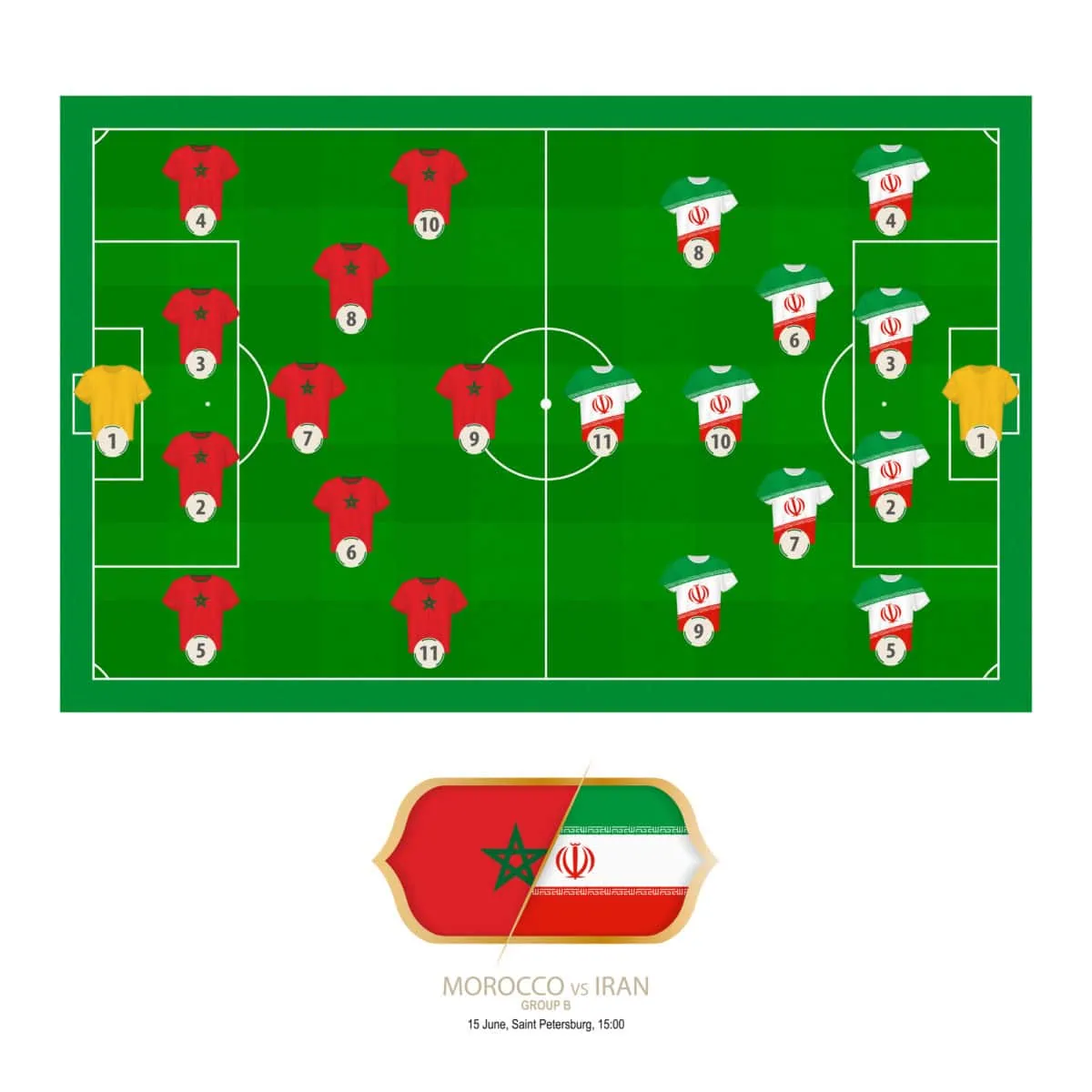
How to defend against a 4-2-3-1 Soccer Formation
Teams using this formation like to possess and build the attack from the back. Typically, the center backs will split wide, and a defensive mid will check toward the middle when the goalkeeper has the ball.
Outside backs push high and wide. If you give them space, your opponent will be able to build their attack and threaten your defense quickly.
Pressure the other team high on the field while forcing the ball to the width. Most opponents surpass your forward line if you set your press too high.
Cover the outside backs and position players in the dead space between the center backs, outside backs, and defensive mids.
Playing Through The Press
As the goalkeeper plays the first pass, pressure the player receiving the ball hard and force them wide. It’s most important to cover the outside backs and defensive midfielders, preventing them from playing a quality pass.
This formation offers the most support centrally, so keeping the ball wide will help you isolate outside backs and stuff their possession.
Best formation To Counter 4-2-3-1
Choose a formation that suits your players’ strengths but also addresses the weaknesses of a 4-2-3-1.
One example is a variation of the 4-3-3, a 4-1-2-3. The 4-1-2-3 typically provides you with enough midfielders to handle the centrally-dominant 4-2-3-1 but gives more attacking prowess in the width of the field with 3 forwards.
If you have fast, strong defenders that are good in 1-vs-1 scenarios, consider a 3-5-2.
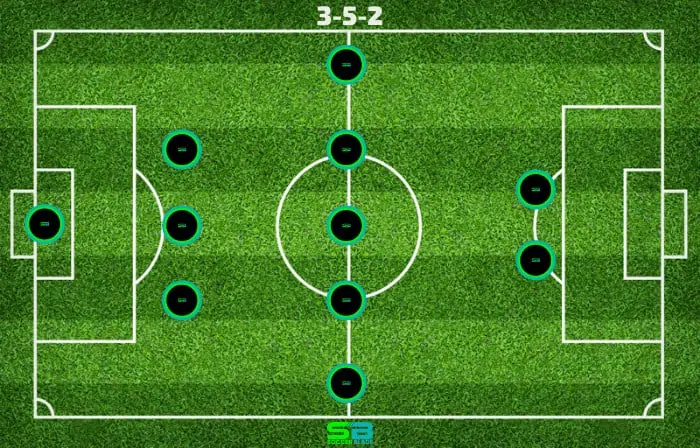
The three defenders can play more centrally and generally handle the loan striker and an attacking midfielder attempting to join.
With five across the middle, you can exploit the width of the pitch and dish the ball two the two strikers.
How to beat a 4-2-3-1 Soccer Formation
Even though this formation is highly successful for many teams, it can be beaten. While it offers left and right midfielders, they typically cannot cover much of the width of the field.
The full-backs attempt to compensate for this by surging forward into the attack. However, this leaves a 4-2-3-1 wide open to counterattacks on the width.
Defensively, force this formation to the width and pin them there. Look to counter-attack quickly, isolating the outside backs in 1-vs-1 situations.
If the counter is not on, then be patient with your attack. Be careful when playing through the middle against this formation. Look to engage players near the width before slotting the ball to a forward.
You can mark the forward four players, which will stop their attack, leaving their defensive players to make a move.
You can easily nullify them by keeping their striker out of the game. Have one of your defenders tightly mark the striker, with another defender for cover.
You can always drop a midfielder back to block any through ball and stop them from linking up play.
Share the post "4-2-3-1 Soccer Formation (Pros-Weaknesses-Counter)"
Joel is a seasoned soccer journalist and analyst with many years of experience in the field. Joel specializes in game analysis, player profiles, transfer news, and has a keen eye for the tactical nuances of the game. He played at various levels in the game and coached teams - he is happy to share his insight with you.



